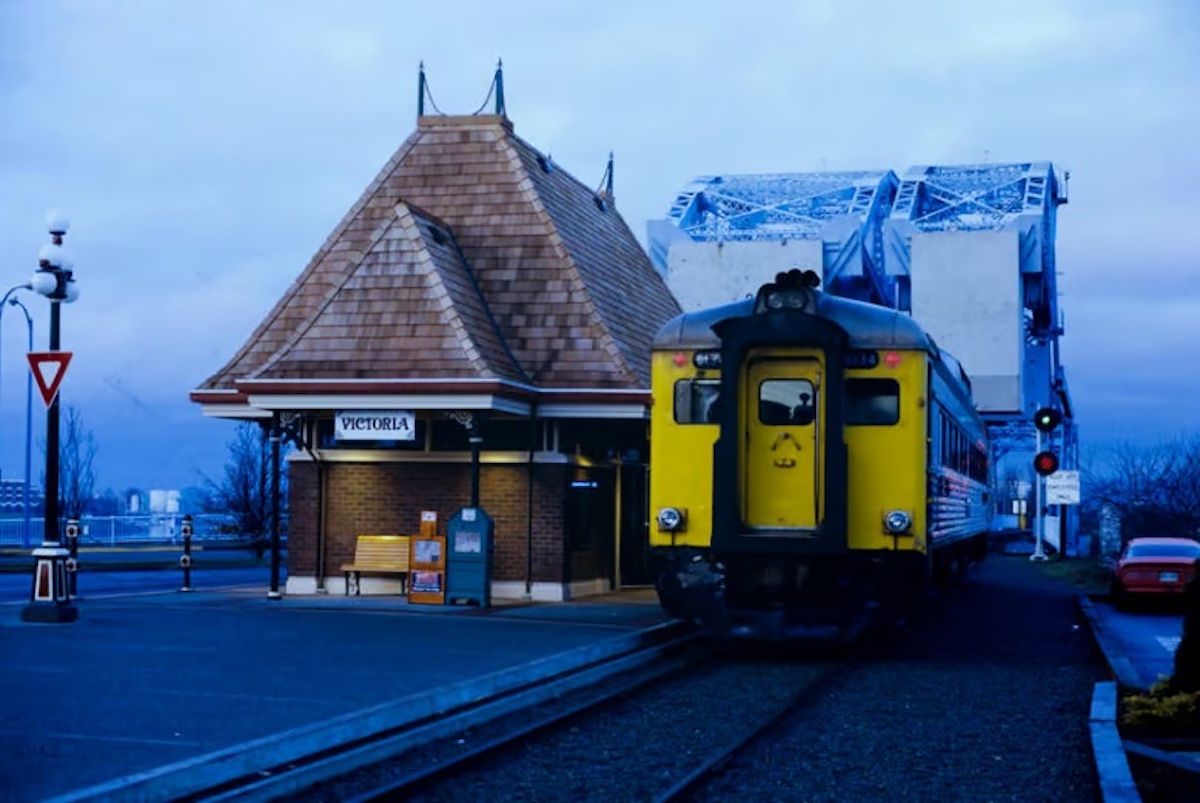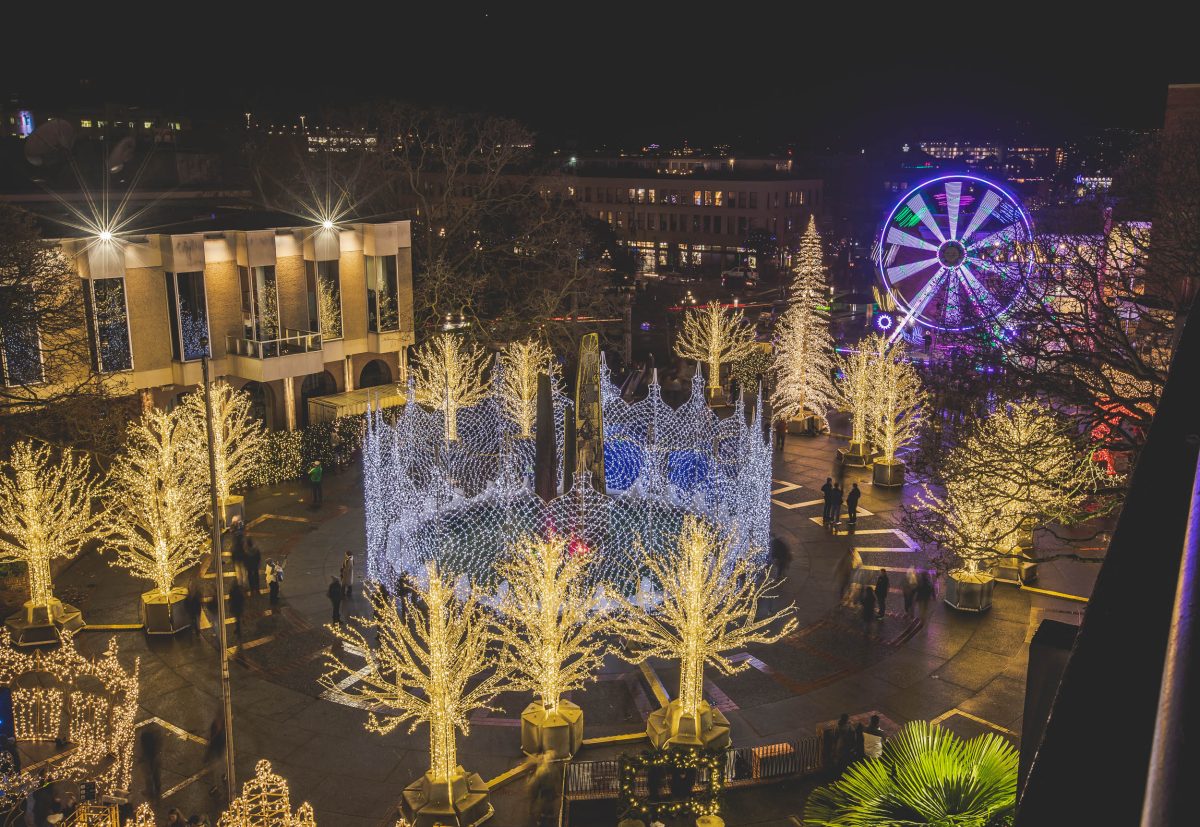Restoration approaches proposed after wildfire devastates salmon habitat
The drought level for West Vancouver Island currently resides at Level 2, where water conservation measures are possible, however, adverse impacts are “unlikely”, according to the province
Last July's 16.6-ha Klanawa River fire was discovered on southwest Vancouver Island, one of almost 3K that made last year the most devastating on record in British Columbia. Photo: BC Wildfire Management Branch
Last year's wildfire season was tremendously impactful, with 2.84 million hectares of fires burning across the province. That in mind, the Pacific Salmon Foundation recently released a list of possible human interactions to recover salmon habitat.
With 2,293 wildfires by December, the province declared 2023 the “most destructive” wildfire year in BC history, leaving the Pacific Salmon Foundation burning with concern for the province's wild salmon habitat and watersheds.
“The recent wildfires in BC have brought new climate change-related vulnerabilities into focus. Individual fires have exceeded 100,000 hectares in size and have engulfed entire watersheds at scales and intensities that signal a possible shift in the disturbance patterns experienced in the 20th century,” reads the Pacific Salmon Foundation’s Playbook to Guide Landscape Recovery Strategies and Priorities for Salmon Habitat Following Major Wildfires.
“The resultant alterations in soils and the loss of vegetation combine to influence stream flows and temperatures, channel morphology and water quality, and these impacts threaten to push some salmon populations beyond their ability to adapt,” continued the guide. “This is especially true for those populations that are already ‘at risk’ and limited by factors worsened by wildfire.”
Stay connected to your city with the Capital Daily newsletter.
By filling out the form above, you agree to receive emails from Capital Daily. You can unsubscribe at any time.
With reference to more than 450 materials related to wildfire recovery, the playbook is a compilation of “best practices”, giving guidance on how to better integrate salmon after the devastation of wildfire, with approaches to improving their habitat. This strategy claims to “accelerate” the recovery of salmon habitat devastated by forest fires.
What can be done to help bring the salmon back
Some of the measures are immediate, such as removing blockages that stop fish from migrating through streams. Another example given by the Pacific Salmon Foundation is an engineered debris basin that controls the runoff and collection of sediment in a stream, after this natural process has been disrupted by a wildfire.
Other approaches listed in the strategy are not expected to take full effect for five or six decades, but their importance is highlighted for the long-term benefits to the environment that salmon rely on. These long-term initiatives aim to restore natural habitat, such as replanting trees to stabilize erosion, and human-made “beaver dam analogues” that mimic structures the animals would build in a floodplain.
Specifically designed structures can improve stream conditions, states the recovery strategy. These include installing weirs, rock steps, “grade-control structures”, engineered log jams and placed boulders to control stream flow.
The Playbook cites the most impacts from wildfire occurring in the Interior, where large sections saw the most frequent blazes in recent years. Meanwhile, wildfire impacts on the west section of Vancouver Island were listed as comparatively “rare”, and the Island’s east side saw “infrequent” events, according to the PSF document.
Jim Lane, program manager for Nuu-chah-nulth Tribal Council’s Uu-a-thluk, says the impacts of wildfire on salmon habitat are going to vary depending on location in the province.
“Although on a landscape level, fire is the major disturbance,” said Lane in reference to how wildfires have affected Vancouver Island. “But generally, [it] doesn’t happen all that frequently.”
One of the first concerns, Lane shared, will depend on how fast the fire moves, and if the fire is next to a small stream or a large lake.
High temperatures play a role
“You don't have to worry about temperature issues in a large lake, but you probably would in a stream,” said Lane. “If it's right in there, it’d probably create some temperature stress.”
He notes that temperature stress will also depend on the flow of water and the existing water temperature.
“If you had a fire along the banks of Sproat Lake, where there [isn’t] really any sort of streams coming in, it's not going to do a lot to the lake,” said Lane. “All along a number of small streams that are all fish bearing, then they could have some negative impacts.”
Lane said when the understory—the layer of vegetation below a forest's main canopy, is removed, it can destabilize surface soils. During rainfall material can enter into streams, which can also be a concern for fish in the area.
Salmon in trouble
Pacific salmon are widely known for their cultural and ecological significance throughout the province, but more than half of BC's populations are in some sort of decline, according to the Pacific Salmon Foundation.
“Described regularly as ‘iconic’, Pacific salmon populations have been and continue to be relevant to cultures, economies and ecosystems across British Columbia,” reads the Playbook. “Humanity’s enduring value and esteem for these stocks is well placed and, to this day, salmon remain central to Aboriginal, recreation and commercial fisheries.”
To date, the drought level for West Vancouver Island currently resides at Level 2, where water conservation measures are possible, however, adverse impacts are “unlikely”, according to the province. On the eastern half of the Island, which includes the Somass River and Port Alberni, the province lists the area at drought Level 3. This likely entails local water restrictions, and possible adverse impacts on the ecosystem, economy and communities. By the end of June last year, drought levels had already reached Level 4, and remained at Level 5 through most of July through to late September.
Since mid-May, Category 2 and 3 fire bans have been in place in the coastal fire region. On July 12, a campfire ban took effect in the region.
Stay connected to your city with the Capital Daily newsletter.
By filling out the form above, you agree to receive emails from Capital Daily. You can unsubscribe at any time.
















